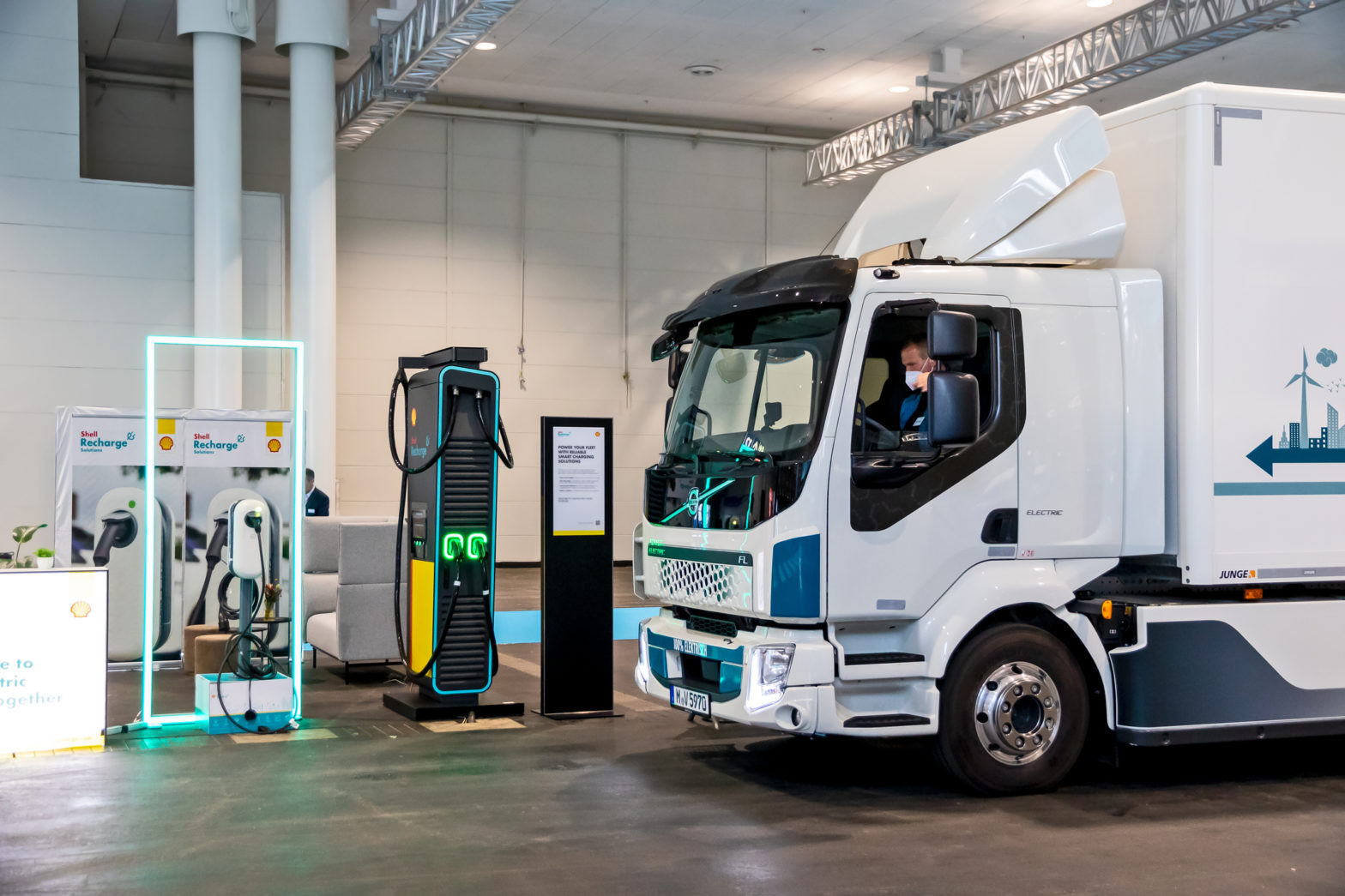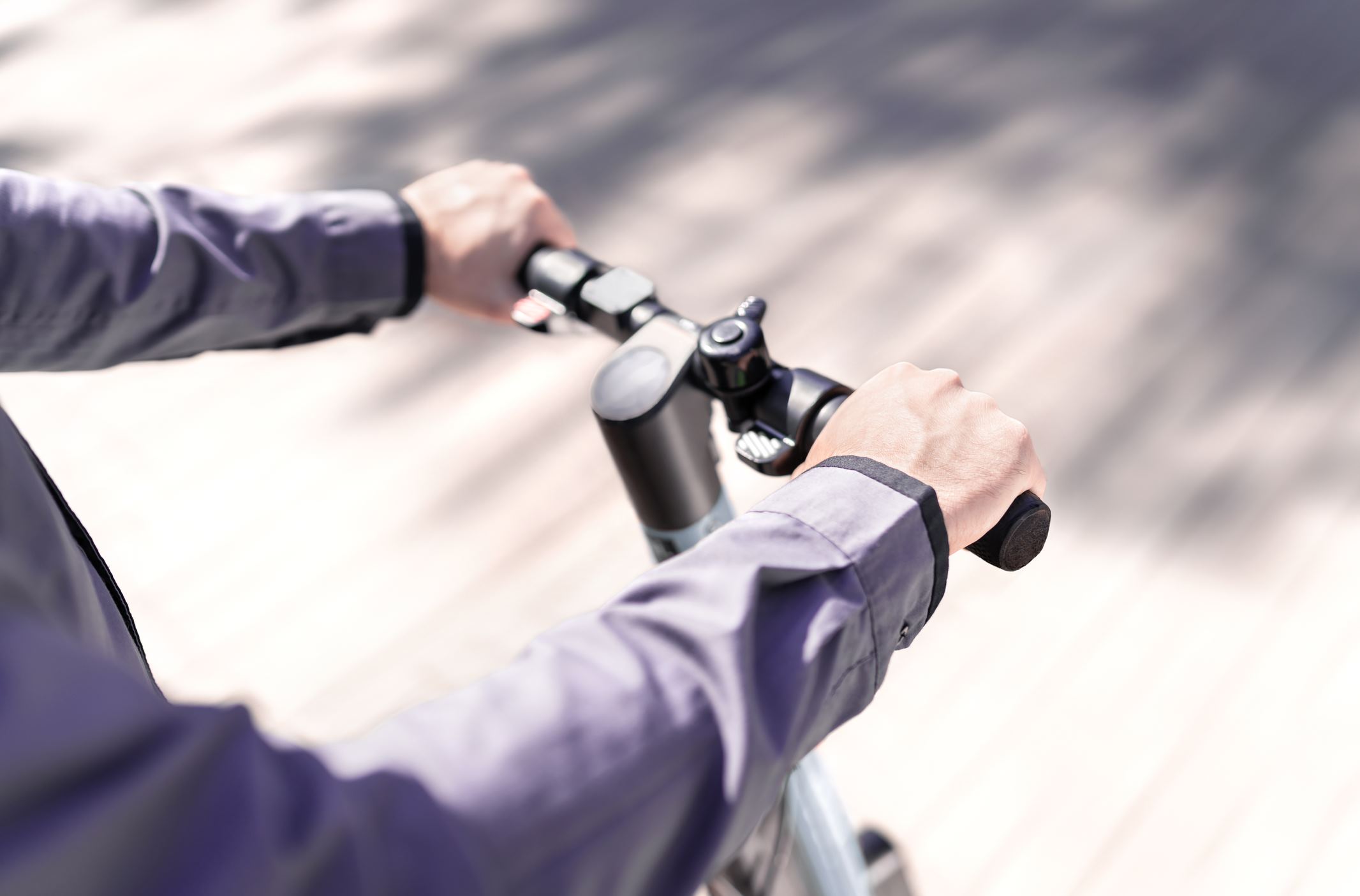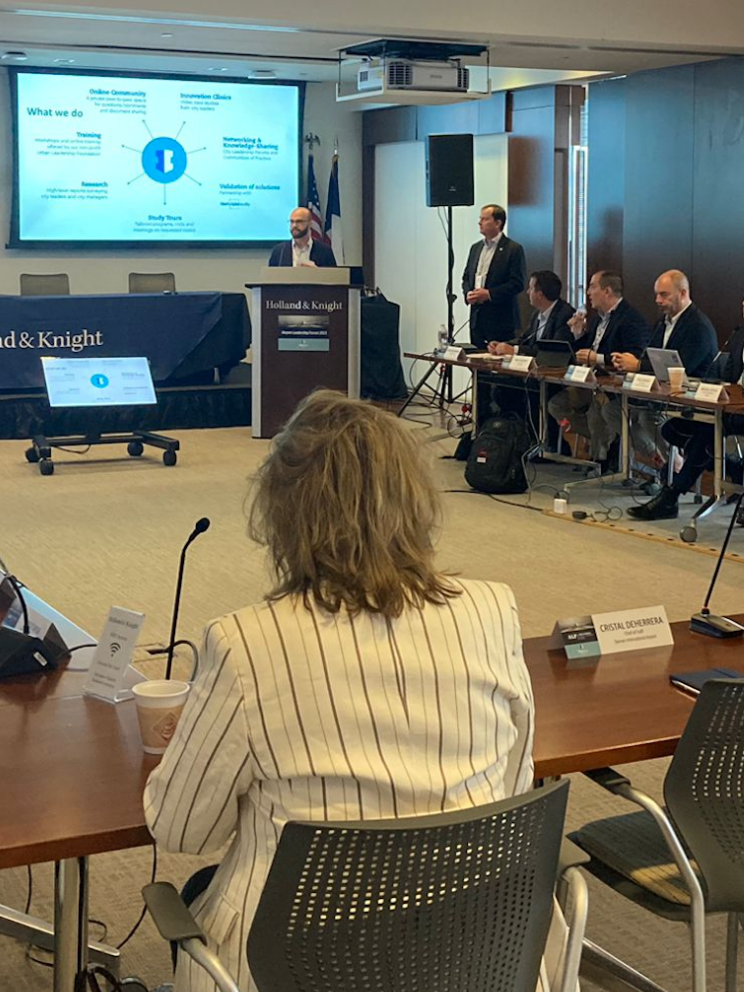
Photo: Serve Robotics
Delivery robots set to expand in Los Angeles
20 August 2024
by Christopher Carey
Fast-food chain Shake Shack has partnered with Serve Robotics to deliver meals autonomously from select Los Angeles restaurants.
Customers ordering Shake Shack on Uber Eats will receive a notification that their delivery may be brought to them via robot, which they can then track via the app.
“We are excited to add another national merchant like Shake Shack to our platform, a partnership made possible through the relationship we have built with Uber Eats across tens of thousands of successful deliveries,” said Touraj Parang, President and COO of Serve Robotics.
“[This] announcement highlights the value of Serve’s strategic partnerships as we work to expand our geographic footprint and deploy 2,000 robots across the US in 2025.”
According to Serve’s website, the robots mostly navigate the pavement on their own in self-driving mode and are also supervised remotely. The devices use a range of sensors to identify the objects around them and to avoid obstacles.
The company has offered autonomous deliveries in Los Angeles since 2022.
Expansion to Tokyo
Several US cities have seen limited rollouts of autonomous robots in the food delivery industry. In 2022, Uber Eats partnered with robotics startup Cartken to offer services in Miami, before expanding to Fairfax, Virginia in 2023.
In March 2024, the companies announced a rollout of the technology in Japan’s capital Tokyo.
While interest and investment in robo-deliveries has grown in recent years, challenges remain.
Vandalism, theft and concerns about robots blocking pavements for those with disabilities persist, but technical issues related to the urban infrastructure in which they operate are also prevalent.
In 2022, the Urbanism Next Center at the University of Oregon released a report about delivery robot pilots in Pittsburgh, Miami-Dade County, Detroit and San Jose.
Out of 3,000 completed trips there were no reported pedestrian safety incidents, but the report found some robots struggled with deliveries due to overgrown trees and blocked or broken pavements.
Image: Serve robotics









